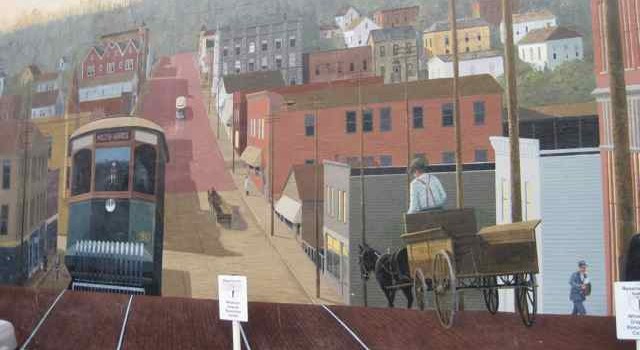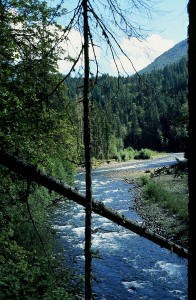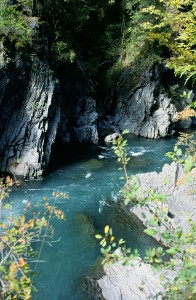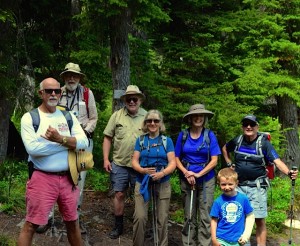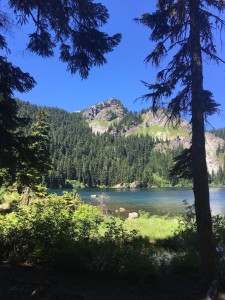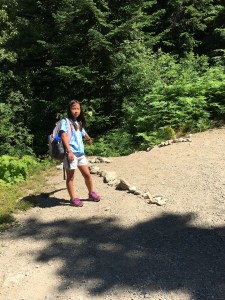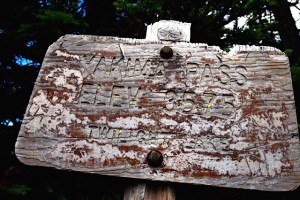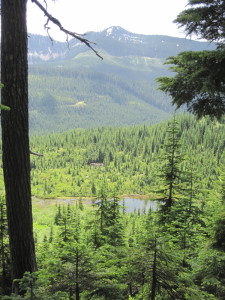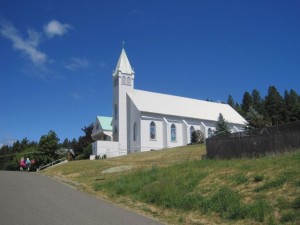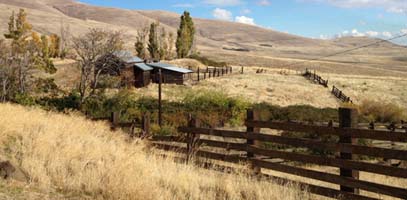In writing Walking Washington’s History: Ten Cities, I chose a moment of significance for each city. See Main Street Moments, a photo essay on the University of Washington Press Blog.
Each city had at least one moment when it was significant in the history of Washington Territory or the state.
Vancouver started as a fur-trading post in 1825, commanding a vast empire from Alaska to California.
Olympia, at the Washington end of the Oregon Trail, became the territorial capital in 1854 and fought off rival cities until statehood in 1889.
Walla Walla boomed on mining rushes to claim the title as largest city in the territory in the 1860s and a rival to Olympia for the capital.
Tacoma won the terminus of the Northern Pacific Railroad and boomed for two decades in the 1880s and 1890s.
Seattle boomed as a jumping off point for the gold rush in the Yukon.
Everett’s corporate titans and labor unions clashed in the early 1900s.
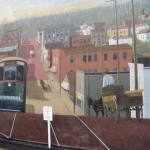 Bellingham’s four-towns city emerged from logging, mining, railroads, canneries and a university.
Bellingham’s four-towns city emerged from logging, mining, railroads, canneries and a university.
Yakima marketed the riches of the Yakima Valley.
Spokane reclaimed downtown and the river running through it with Expo ’74.
Bellevue changed from a suburb to an edge city.
